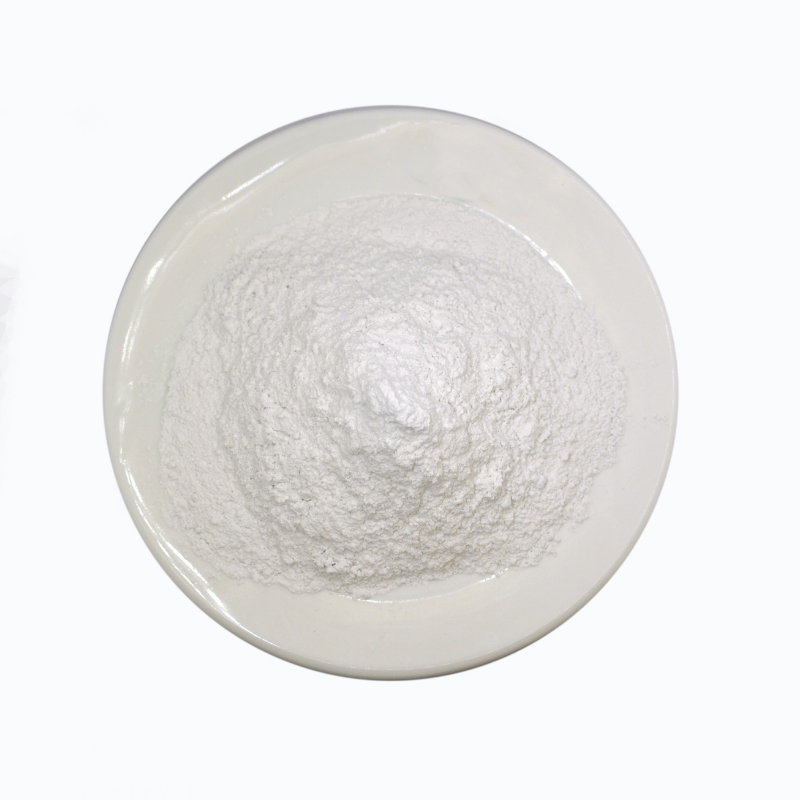
Innovative Solutions for Silica Fume and Fly Ash Production in Modern Construction
The Role of Silica Fume and Fly Ash in Modern Construction
In the realm of construction materials, silica fume and fly ash have emerged as essential components owing to their unique properties and benefits. As the construction industry continues to evolve, these materials are increasingly recognized for their ability to enhance concrete performance, reduce environmental impact, and improve the durability and longevity of structures.
Understanding Silica Fume and Fly Ash
Silica fume, also known as micro-silica, is a byproduct of silicon metal or ferrosilicon alloys produced in electric arc furnaces. With its ultra-fine particles, silica fume reacts with calcium hydroxide in the presence of water, forming additional cementitious compounds that significantly enhance the strength and durability of concrete. On the other hand, fly ash is a byproduct from burning pulverized coal in electric power plants. It contains a range of compounds, mainly composed of silica, alumina, and iron oxide, which can partially substitute Portland cement in concrete mixtures.
Benefits of Silica Fume in Concrete
Silica fume offers several advantages when incorporated into concrete. First and foremost, it improves the compressive strength of concrete. The micro-particles fill the voids between the larger particles of cement and aggregates, leading to a denser and more homogenous material. This reduced porosity not only enhances strength but also decreases permeability, which is crucial for preventing the ingress of harmful substances that can cause deterioration.
Moreover, silica fume has a positive impact on the workability of concrete. When used at appropriate dosages, it can enhance the flow of fresh concrete, making it easier to place and finish. Furthermore, the incorporation of silica fume contributes to the long-term durability of concrete structures, making them more resistant to sulfate attack, chloride intrusion, and other aggressive environmental conditions.
Advantages of Fly Ash in Concrete
Fly ash is often praised for its sustainability, as it repurposes waste materials that would otherwise contribute to landfill issues. By replacing a portion of Portland cement, fly ash reduces the carbon footprint associated with concrete production. The use of fly ash also leads to improvements in the workability, pumpability, and overall performance of concrete.
silica fume and fly ash manufacturer

Particularly in mass concrete applications, fly ash reduces heat generation during hydration, minimizing the risk of thermal cracking. It enhances volume stability, reduces the likelihood of shrinkage, and improves resistance to alkali-silica reaction, making it an optimal choice for modern construction projects.
Synergistic Effects of Combining Silica Fume and Fly Ash
When combined, silica fume and fly ash can provide synergistic effects that take advantage of their complementary properties. The presence of silica fume can enhance the performance benefits of fly ash, particularly in high-performance concrete applications. This combination not only boosts mechanical properties but also improves durability and aesthetic qualities.
Concrete made with both silica fume and fly ash displays lower porosity and improved resistance to environmental attacks compared to conventional concrete. This makes it an ideal choice for infrastructure projects, such as bridges, pavements, and tunnels, where long-term performance and reliability are crucial.
Looking to the Future
As sustainability becomes a significant consideration in construction practices, the adoption of materials like silica fume and fly ash will likely continue to rise. Regulatory agencies and industry standards are increasingly recognizing the importance of using recycled and byproduct materials to achieve sustainability goals. The incorporation of these materials not only benefits the environment but also meets the demand for high-performance construction materials.
Manufacturers are also investing in research and development to optimize the production processes of both silica fume and fly ash, enhancing their properties and performance. Innovations in grinding techniques and the processing of fly ash can lead to even finer materials with improved reactivity.
Conclusion
Silica fume and fly ash represent the forefront of sustainable construction materials. Their ability to enhance the structural integrity of concrete while promoting environmental stewardship makes them invaluable in modern construction. As technology continues to advance, it is expected that these materials will play an even more significant role in shaping the future of the construction industry. Embracing their potential will not only lead to higher-quality buildings but also contribute to a more sustainable and responsible approach to construction.
Share
-
Natural Premium Bentonite Cat Litter - Superior ClumpingNewsJul.31,2025
-
Premium Resin Coated Sand - High Heat Resistance CastingNewsJul.31,2025
-
High Quality Silicon Carbide Grit for Abrasive ApplicationsNewsJul.30,2025
-
High-Quality Ceramsite for Plants & Gardening | Lightweight PebblesNewsJul.29,2025
-
Premium Burgundy Glass Marbles for Vases & Shooter GamesNewsJul.29,2025
-
High Purity Quartz Sand for Industrial and Ground ApplicationsNewsJul.29,2025






